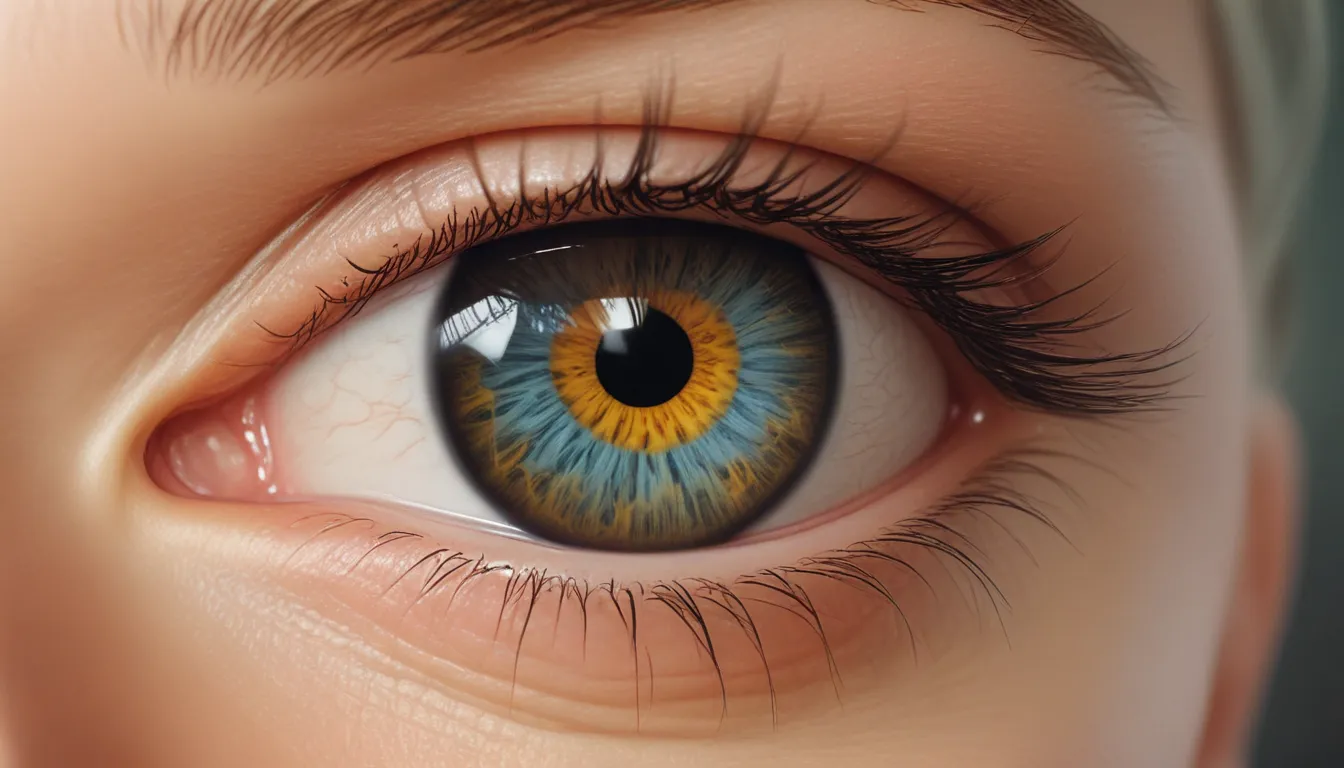A Note About Images: The images used in our articles are for illustration purposes only and may not exactly match the content. They are meant to engage readers, but the text should be relied upon for accurate information.
Cataracts are a prevalent eye condition that can affect anyone, leading to cloudy vision and impaired eyesight. While commonly associated with aging, cataracts can also be caused by various factors such as genetics, trauma, or medical conditions. In this article, we will delve into 18 intriguing facts about cataracts, shedding light on this condition and its impact on vision.
Cataracts: A Global Concern
Cataracts are a leading cause of blindness worldwide, responsible for approximately 51% of global blindness cases. These cloudy formations on the lens of the eye affect millions of individuals, highlighting the importance of understanding and managing this condition.
Age and Risk Factors
While cataracts can develop at any age, they are more commonly seen in older adults. The risk of developing cataracts significantly increases after the age of 40. Factors such as smoking, excessive alcohol consumption, genetics, diabetes, and prolonged sunlight exposure can also contribute to cataract formation.
Treatment Options: Surgery is Key
The only effective treatment for cataracts is through surgery. While there are no medications or eye drops to cure cataracts, surgery offers a solution where the cloudy lens is replaced with an artificial one. Cataract surgery is among the most performed surgeries globally, with a high success rate and relatively short recovery time.
Detecting and Managing Cataracts
Early symptoms of cataracts include blurred vision and increased sensitivity to glare. Regular eye examinations are essential for early detection and timely intervention. While cataracts cannot be prevented, adopting a healthy lifestyle, protecting the eyes from UV radiation, and promptly addressing any vision changes are vital in managing this condition.
Lifestyle Choices and Medication Risks
Certain lifestyle choices, such as wearing sunglasses, maintaining a healthy diet, and avoiding smoking, can help reduce the risk of developing cataracts. Additionally, long-term use of medications like corticosteroids may increase the risk of cataracts, emphasizing the importance of discussing potential side effects with healthcare professionals.
Improving Quality of Life
Cataract surgery not only improves vision but also enhances the quality of life for individuals. Many report a significant enhancement in daily activities, independence, and overall well-being post-surgery. Vision can substantially improve after cataract surgery, allowing individuals to engage in activities without the need for glasses or contact lenses.
FAQs: Answering Common Questions
- What are cataracts?
-
Cataracts are a clouding of the lens in the eye, leading to blurry or decreased vision.
-
At what age do cataracts typically develop?
-
While cataracts can develop at any age, they are more commonly seen in individuals over the age of 60.
-
What are the risk factors for developing cataracts?
-
Risk factors include advancing age, prolonged sun exposure, smoking, diabetes, certain medications, and a family history of cataracts.
-
Can cataracts be prevented?
-
While there is no surefire way to prevent cataracts, lifestyle choices such as wearing sunglasses, maintaining a healthy diet, and avoiding smoking may help reduce the risk.
-
How are cataracts treated?
-
The most common treatment for cataracts is surgical removal of the cloudy lens and replacement with an artificial lens called an intraocular lens (IOL).
-
Is cataract surgery safe?
-
Yes, cataract surgery is considered a safe and effective procedure with a high success rate in improving vision.
-
Can cataracts come back after surgery?
- Once a cataract is removed, it does not grow back. However, posterior capsule opacification (PCO) can cause similar symptoms in rare cases and can be easily treated with a laser procedure.
Stay Informed and Seek Help
In conclusion, understanding cataracts and their management is crucial for preserving vision and overall eye health. Regular eye examinations, prompt medical attention for any changes in vision, and adopting a healthy lifestyle are key components in managing cataracts. Knowledge empowers individuals to protect their eyes and seek appropriate treatment when needed.
By staying informed and proactive, individuals can address cataracts effectively, allowing them to regain clear vision and lead a fulfilling life. Trust in the expertise of eye care professionals and prioritize your eye health to ensure optimal vision and well-being.






